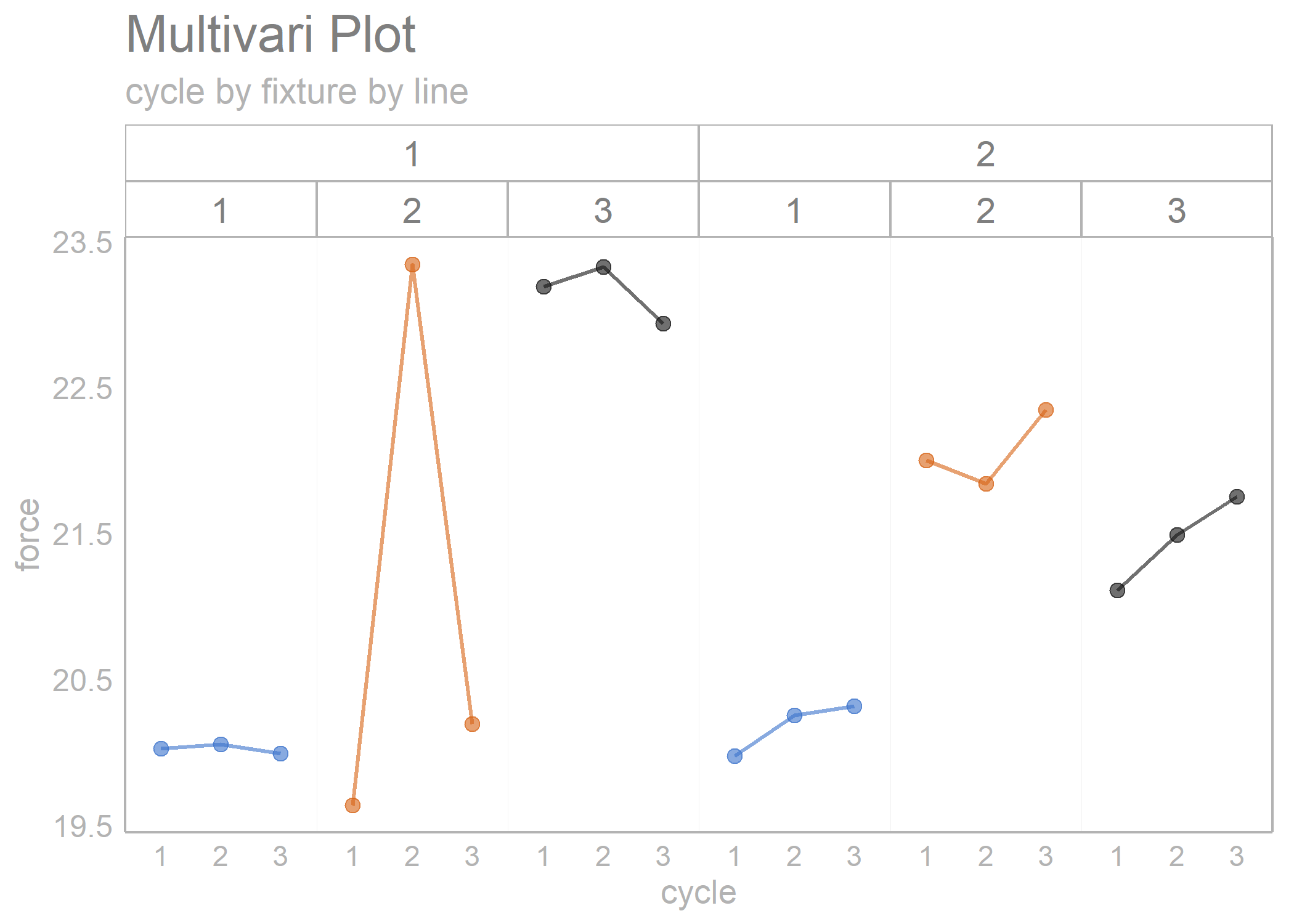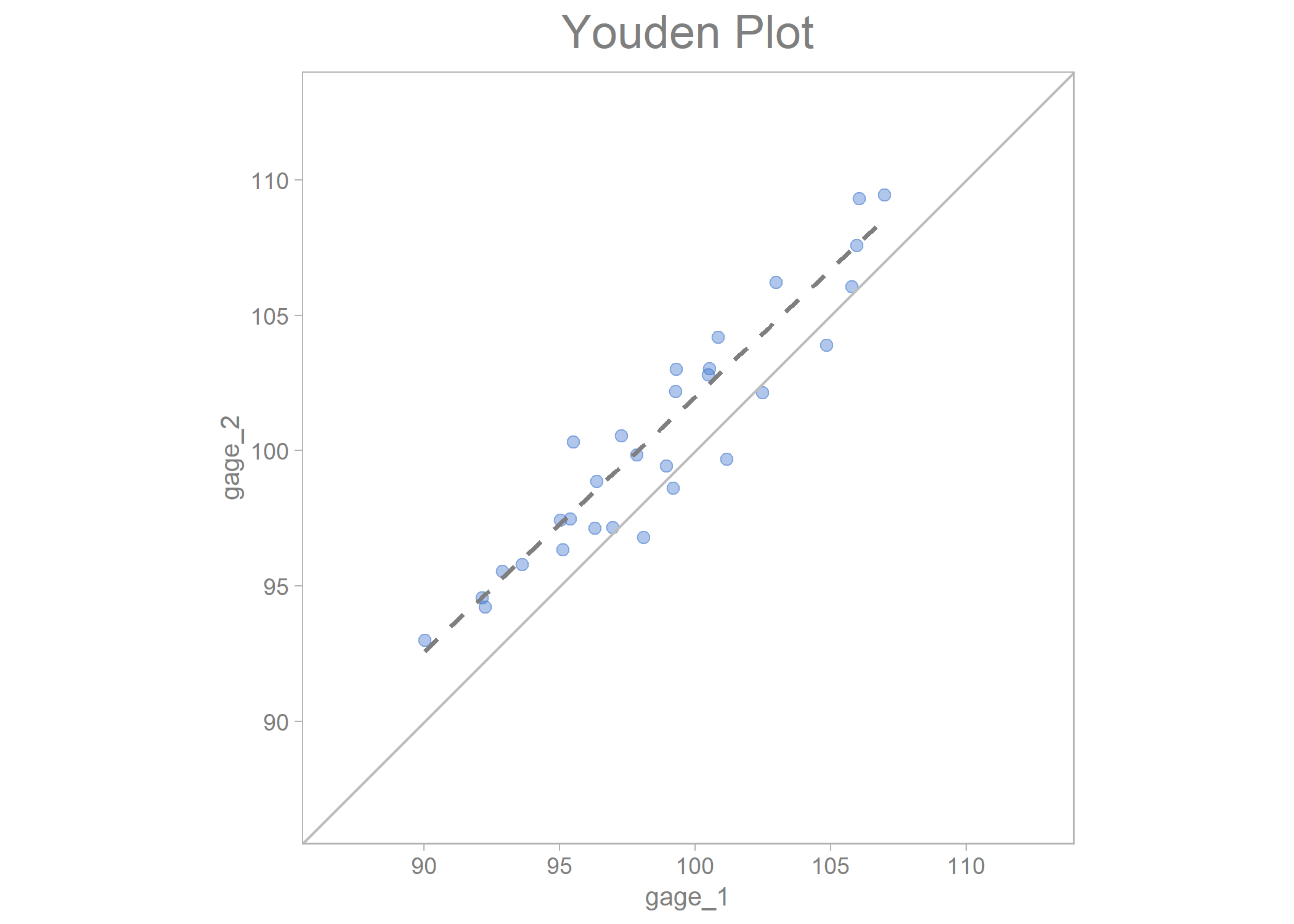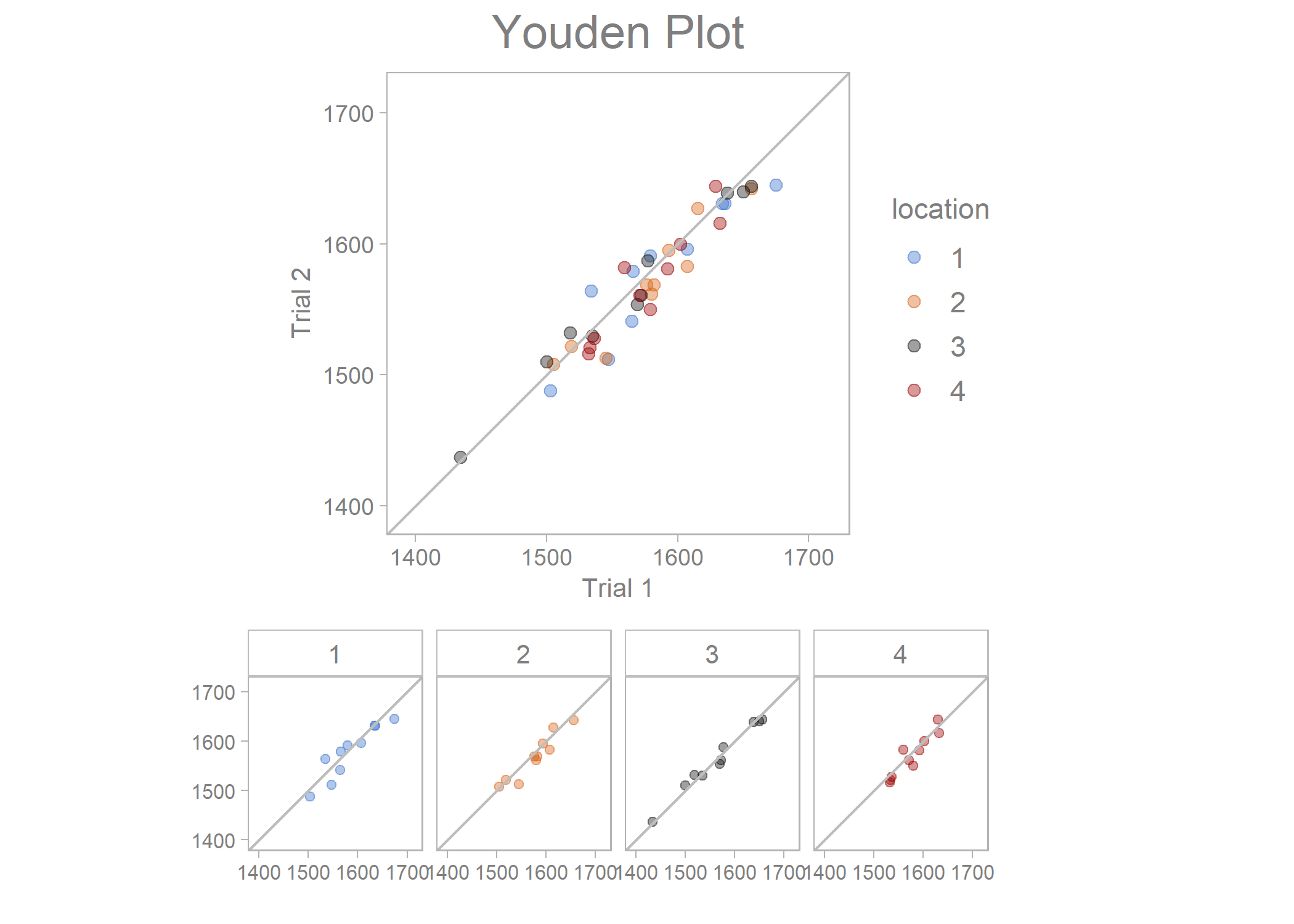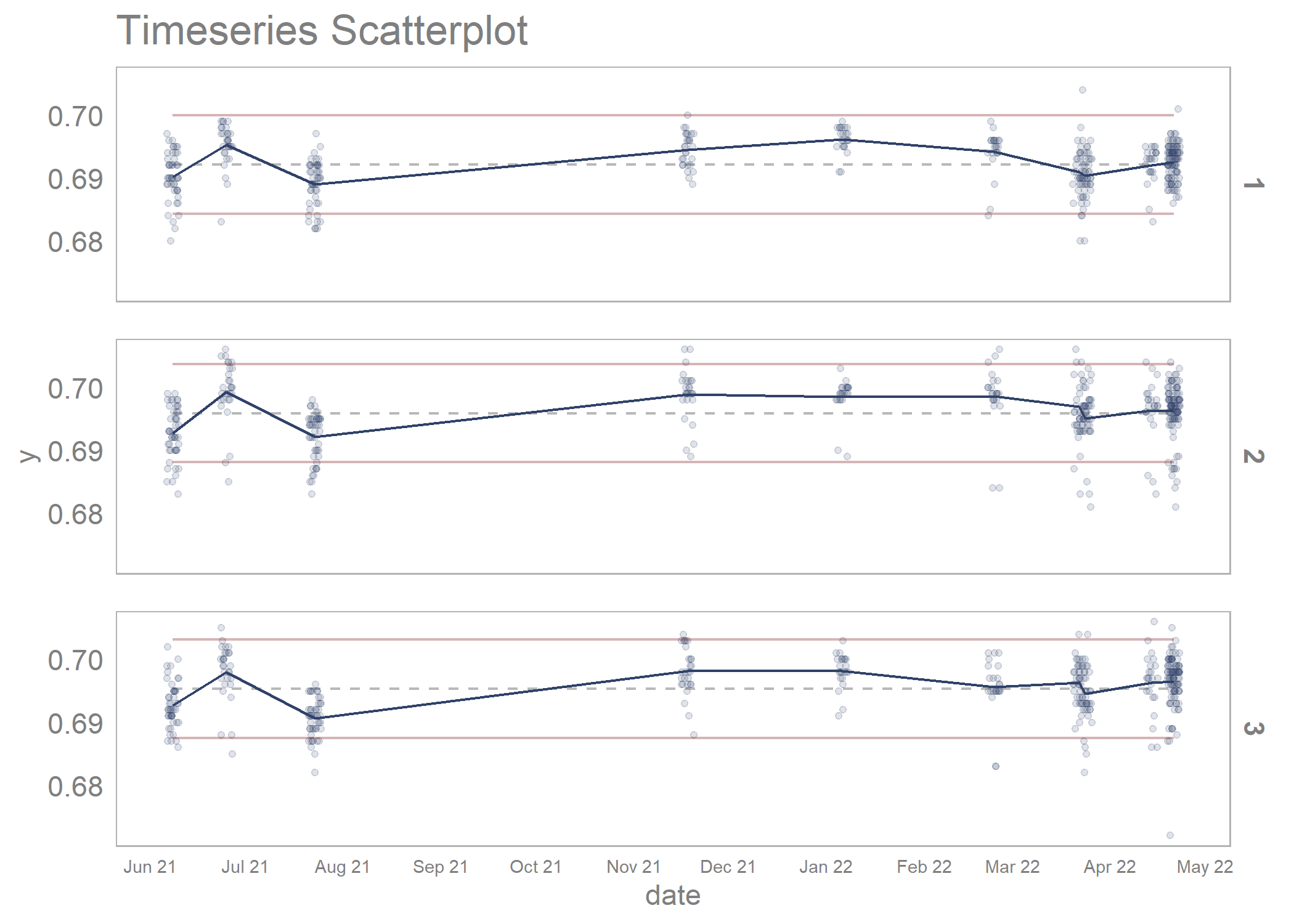
The hardware and bandwidth for this mirror is donated by dogado GmbH, the Webhosting and Full Service-Cloud Provider. Check out our Wordpress Tutorial.
If you wish to report a bug, or if you are interested in having us mirror your free-software or open-source project, please feel free to contact us at mirror[@]dogado.de.

The {sherlock} R package provides powerful graphical
displays and statistical tools to aid structured problem solving and
diagnosis. The functions of the package are especially useful for
applying the process of elimination as a problem diagnosis technique.
{sherlock} was designed to seamlessly work with the
tidyverse set of packages.
More specifically, {sherlock} features functionality to
“That is to say, nature’s laws are causal; they reveal themselves by comparison and difference, and they operate at every multi-variate space-time point” - Edward Tufte
I would love to hear your feedback on sherlock. You can
leave a note on current issues, bugs and even request new features here.
sherlock 0.6.0 is now released. In addition to fixing a
few bugs and making enhancements to already-existing functionality, new
plotting, statistical analysis and helper functions have been added,
such as:
plot_tukey_duckworth_test() and
plot_tukey_duckworth_paired_test().select_low_high_units() and
select_low_high_units_manual(): Automatically or manually
select low-high units in a tibble as well as assign them into
groups.load_files(), which is a function to read in and clean
multiple files. Particularly useful when reading in multiple files
having the same variables, for example reading in data from an
experiment where data was logged and saved separately for each
individual unit. Integration of a custom data cleaning function.create_project_folder(), which is a helper function to
quickly create a project folder with a clever sub-folder structure for
your project.sherlock is available on CRAN and can be installed by
running the below script:
install.packages("sherlock")You can also install the development version of sherlock
from GitHub with:
# install.packages("devtools")
devtools::install_github("gaborszabo11/sherlock")draw_multivari_plot()
draw_categorical_scatterplot()
draw_youden_plot()
draw_small_multiples_line_plot()
draw_cartesian_small_multiples()
draw_polar_small_multiples()
draw_interaction_plot()
draw_pareto_chart()
draw_process_behavior_chart()
draw_timeseries_scatterplot()
plot_tukey_duckworth_test()
plot_tukey_duckworth_paired_test()
load_file()
load_files()
create_project_folder()
save_analysis()
normalize_observations()
theme_sherlock()
scale_color_sherlock()
scale_fill_sherlock()
draw_horizontal_reference_line()
draw_vertical_reference_line()
select_low_high_units()
select_low_high_units_manual()
Here are a few examples:
# Loading libraries
library(sherlock)
library(ggh4x)
#> Loading required package: ggplot2
#> Warning: package 'ggplot2' was built under R version 4.2.2multi_vari_data %>%
draw_multivari_plot(y_var = force,
grouping_var_1 = cycle,
grouping_var_2 = fixture,
grouping_var_3 = line)
library(sherlock)
library(ggh4x)
multi_vari_data_2 %>%
draw_multivari_plot(y_var = Length,
grouping_var_1 = Part,
grouping_var_2 = Operator, plot_means = TRUE)
library(sherlock)
library(dplyr)
#>
#> Attaching package: 'dplyr'
#> The following objects are masked from 'package:stats':
#>
#> filter, lag
#> The following objects are masked from 'package:base':
#>
#> intersect, setdiff, setequal, union
polar_small_multiples_data %>%
filter(Mold_Cavity_Number %in% c(4, 6)) %>%
rename(Radius = "ID_2") %>%
draw_polar_small_multiples(angular_axis = ID_Measurement_Angle,
x_y_coord_axis = Radius,
grouping_var = Tip_Bottom,
faceting_var_1 = Mold_Cavity_Number,
point_size = 0.5,
connect_with_lines = TRUE,
label_text_size = 7) +
scale_y_continuous(limits = c(0.09, 0.115))
#> Scale for y is already present.
#> Adding another scale for y, which will replace the existing scale.
library(sherlock)
library(dplyr)
library(ggh4x)
polar_small_multiples_data %>%
filter(ID_Measurement_Angle %in% c(0, 45, 90, 135)) %>%
normalize_observations(y_var = ID, grouping_var = Tip_Bottom, ref_values = c(0.2075, 0.2225)) %>%
draw_multivari_plot(y_var = ID_normalized,
grouping_var_1 = ID_Measurement_Angle,
grouping_var_2 = Mold_Cavity_Number,
grouping_var_3 = Tip_Bottom,
x_axis_text = 6) +
draw_horizontal_reference_line(reference_line = 0)
#> Joining, by = "Tip_Bottom"
youden_plot_data_2 %>%
draw_youden_plot(x_axis_var = gage_1,
y_axis_var = gage_2,
median_line = TRUE)
#> Smoothing formula not specified. Using: y ~ x
youden_plot_data %>%
draw_youden_plot(x_axis_var = measurement_1,
y_axis_var = measurement_2,
grouping_var = location,
x_axis_label = "Trial 1",
y_axis_label = "Trial 2")
timeseries_scatterplot_data %>%
draw_timeseries_scatterplot(y_var = y,
grouping_var_1 = date,
grouping_var_2 = cavity,
faceting = TRUE,
limits = TRUE,
alpha = 0.15,
line_size = 0.5,
x_axis_text = 7,
interactive = FALSE)
#> Joining, by = c("date", "cavity")
#> Warning: Removed 6 rows containing missing values (`geom_point()`).
Diagnosing Performance and Reliability, David Hartshorne and The New Science of Fixing Things, 2019
Statistical Engineering - An Algorithm for Reducing Variation in Manufacturing Processes, Stefan H. Steiner and Jock MacKay, 2005
These binaries (installable software) and packages are in development.
They may not be fully stable and should be used with caution. We make no claims about them.
Health stats visible at Monitor.